Collective Effort is Key to Advancing SGM Youth’s Inclusion in FP/SRH Programs
Global evidence shows that sexual and gender minority (SGM) youth are excluded and underserved by family planning (FP) and sexual and reproductive health (SRH) programs and services compared to their cisgender, heterosexual peers.1-4 Breakthrough ACTION raises awareness about the health disparities and inequities that SGM youth experience in its latest resource, Advancing Inclusion of Sexual and Gender Minority Youth in Family Planning and Sexual and Reproductive Health Programs: Insights to Action Brief. This brief is a call to advance thinking and action around the inclusion of SGM youth in FP/SRH programs implemented in low- and middle-income countries (LMICs).
|
Breakthrough ACTION aims to reach program implementers working at the intersection of FP/SRH, positive youth development, and social and behavior change, or otherwise working to improve youth access to FP/SRH information, services, and methods. The brief summarizes insights from the project’s learning and assessment activities and recommends eight priority actions to design and implement more inclusive and equitable FP/SRH programs for youth in all their diversity. The insights and actions in this brief most directly apply to program design and implementation by health nongovernmental organizations working with multi-level partners and stakeholders, including funders, governments, and communities.
After co-hosting a global dissemination webinar, Breakthrough ACTION conducted an applied learning workshop for global advocates, practitioners, and researchers. While it was limited to 40 participants, over 500 individuals applied. Selected participants represented Bangladesh, Bhutan, Cameroon, Eswatini, Ghana, India, Kenya, Liberia, Madagascar, Malawi, Mexico, Myanmar, Nepal, Philippines, Rwanda, South Africa, Syria, Tanzania, Tunisia, Uganda, the United Kingdom, and the United States of America. During this workshop, participants not only expanded their awareness and understanding of SGM youth and their FP/SRH experiences, priorities, and needs, but they also exchanged knowledge and experiences around what they can do to improve SGM youth’s inclusion in FP/SRH programs. By the end of the workshop, participants expressed enthusiastic interest in more workshops and opportunities for global learning and exchange.
“I am delighted to have this conversation with generous and dedicated people. It is life-changing and empowering. Thank you so much.”
— Anonymous Participant
Coming together for global learning and exchange through virtual workshops creates valuable opportunities for advocates, practitioners, researchers, and others, to advance thinking and action around the inclusion of SGM youth in FP/SRH programs across diverse country contexts.
Written by: Danette Wilkins, Program Officer, Breakthrough ACTION
Resources
Advancing Inclusion of Sexual and Gender Minority Youth in Family Planning and Sexual and Reproductive Health Programs: Insights to Action Brief [English, French]
Webinar
- Inclusion and Equity for All: Resources Supporting Inclusion of Sexual and Gender Minority People in Global FP/SRH Research, Programs, and Services [English, French]
References
- Health Development Initiative (HDI). (2020). Addressing the legal and policy challenges to adolescents’ access to sexual and reproductive health information and services in Rwanda. https://hdirwanda.org/wp-content/uploads/2021/09/Final-HDI-ASRHR-Policy-Brief-Oct_05_20.pdf
- Cousins, L., & Sharma, M. (2023). The heart of the matter: Embrace the reality of young people’s sexual and reproductive health and rights today. ICPD+30 Shadow Report. Rutgers International. https://rutgers.international/wp-content/uploads/2023/07/EMBARGOED-The-Heart-of-the-Matter-final-interactive-LOW-RES-1.pdf
- Müller, A., Spencer, S., Meer, T., & Daskilewicz, K. (2018). The no-go zone: a qualitative study of access to sexual and reproductive health services for sexual and gender minority adolescents in Southern Africa. Reproductive Health, 15(1), 12. https://doi.org/10.1186/s12978-018-0462-2
- Swanepoel, M., Gaihre, R.M., Apte, K., Pasion, G.G. (2022, August). Expanding inclusion: An intersectional lens on FP/RH services for people with disabilities, indigenous peoples, and LGBTQI+ communities within Asia. [PowerPoint Slides]. Knowledge SUCCESS, Johns Hopkins University. https://knowledgesuccess.org/2022/09/27/expanding-inclusion-in-asia-an-intersectional-lens-on-fp-rh-services/
- U.S. Centers for Disease Control and Prevention. (2008). Community Health and Program Services (CHAPS): Health disparities among racial/ethnic populations. U.S. Department of Health and Human Services.
- U.S. Centers for Disease Control and Prevention, Division of Adolescent and School Health, National Center for Chronic Disease Prevention and Health Promotion. (2023). Health disparities. https://www.cdc.gov/healthyyouth/disparities/index.htm#1
- World Health Organization (WHO). (2018). Health inequities and their causes. https://www.who.int/news-room/facts-in-pictures/detail/health-inequities-and-their-causes

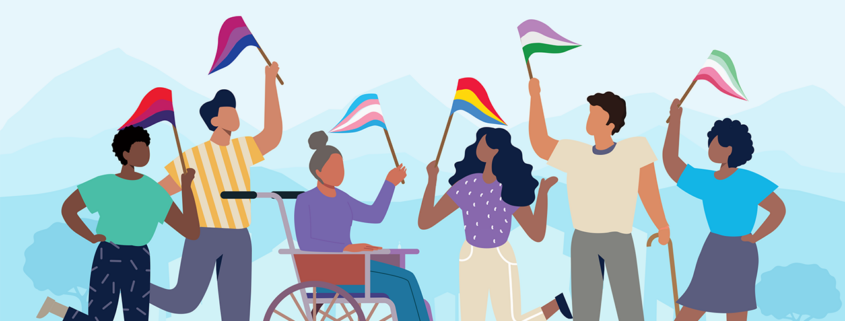
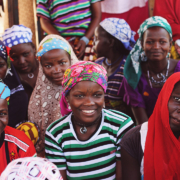 Cambey Mikush/Photoshare
Cambey Mikush/Photoshare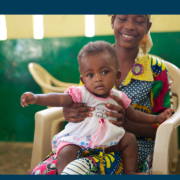 Sara Holbak/VectorWorks/Photoshare
Sara Holbak/VectorWorks/Photoshare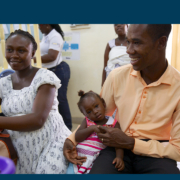 Sarah Hoibak/VectorWorks/Photoshare
Sarah Hoibak/VectorWorks/Photoshare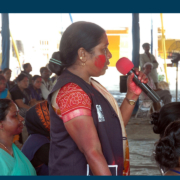 Gopal Bhattacharjee/Photoshare
Gopal Bhattacharjee/Photoshare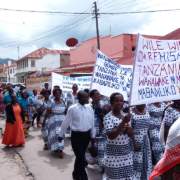 Rebekah Munnikhuysen/US Peace Corps/Photoshare
Rebekah Munnikhuysen/US Peace Corps/Photoshare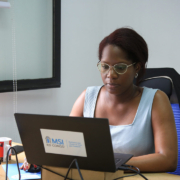 Getty Images/Image of Empowerment
Getty Images/Image of Empowerment